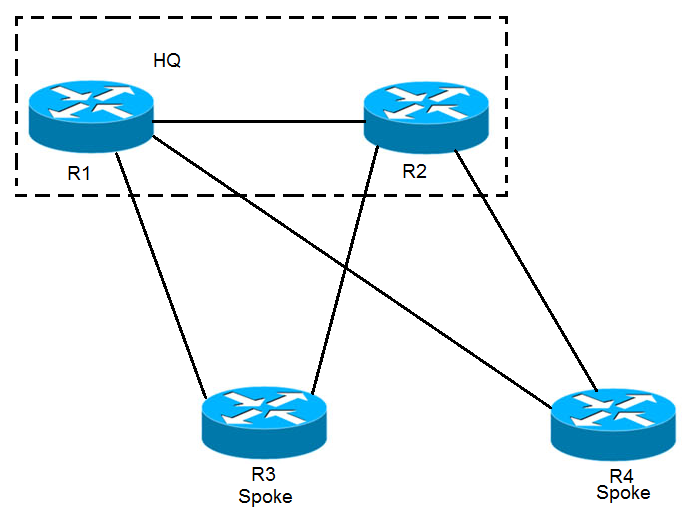Which design consideration should be observed when EIGRP is configured on Data Center switches?
When configuring EIGRP on Data Center switches, it is essential to prevent unnecessary EIGRP neighborships from forming across switch virtual interfaces (SVIs). In a Data Center environment, SVIs can be numerous, and allowing EIGRP to form neighborships on all of them can lead to unnecessary EIGRP overhead and potentially impact performance. This consideration ensures a more efficient and scalable EIGRP deployment in the Data Center.
Which design consideration must be made when using IPv6 overlay tunnels?
Overlay tunnels should only be considered as a transition technique toward a permanent solution. They are not meant to be a final IPv6 network architecture but rather a temporary measure to enable IPv6 connectivity during the transition phase from IPv4 to IPv6. The long-term goal should always be to migrate to a native IPv6 network.
When a network is designed using IS-IS, which two circuit types are supported? (Choose two.)
When designing a network using IS-IS (Intermediate System to Intermediate System), the supported circuit types are point-to-point and broadcast. These circuit types facilitate the appropriate handling of routing information and the formation of neighbor relationships. Unlike OSPF, IS-IS does not support nonbroadcast, nonbroadcast multiaccess, or point-to-multipoint circuit types. The two supported circuit types in IS-IS ensure that accurate routing metrics and information are maintained across the network.
A network solution is being designed for a company that connects to multiple Internet service providers. Which Cisco proprietary BGP path attribute will influence outbound traffic flow?
The correct answer is Weight. Weight is a Cisco proprietary BGP path attribute and it influences the outbound traffic flow. It is used to select the best path when multiple paths are available, with a higher weight value being preferred. Being non-transitive, the Weight attribute is only locally significant to the router on which it is set and does not propagate to other routers.

Refer to the exhibit. EIGRP has been configured on all links. The spoke nodes have been configured as EIGRP stubs, and the WAN links to R3 have higher bandwidth and lower delay than the WAN links to R4. When a link failure occurs at the R1-R2 link, what happens to traffic on R1 that is destined for a subnet attached to R2?
When R1 loses the direct link to R2, it lacks an alternative route to R2 due to the EIGRP stub configuration on the spoke routers. In EIGRP stub configurations, spoke routers do not advertise routes received from other routers and only send connected or summary routes. This means R3 and R4 will not provide a route to R2 or its subnets, causing R1 to drop the traffic intended for a subnet connected to R2.